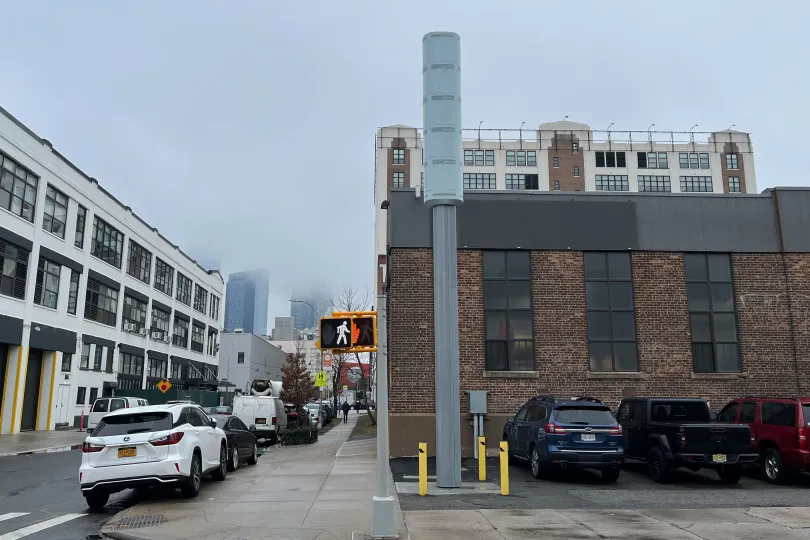Link5G Towers Must Pass Historic Preservation and Environmental Reviews, Says FCC
The directive comes after Manhattan Congressman Jerry Nadler wrote the FCC that the 32-foot-tall pillars appear ‘out of context’ in historic districts like SoHo and Park Avenue.

 This article was originally published on by THE CITY
This article was originally published on by THE CITY
The hulking 5G towers popping up around the boroughs — as well as the hundred or so that already loom large — are now subject to historic preservation and environmental reviews, thanks to a directive from the Federal Communications Commission.
The installer must complete reviews under the National Historic Preservation Act and the National Environmental Policy Act before constructing the towers, according to an April 20 letter from Garnet Hanly, division chief of the competition and infrastructure policy division of the FCC’s wireless telecommunications bureau.

Brooklyn Boro
View MoreNew York City’s most populous borough, Brooklyn, is home to nearly 2.6 million residents. If Brooklyn were an independent city it would be the fourth largest city in the United States. While Brooklyn has become the epitome of ‘cool and hip’ in recent years, for those that were born here, raised families here and improved communities over the years, Brooklyn has never been ‘uncool’.